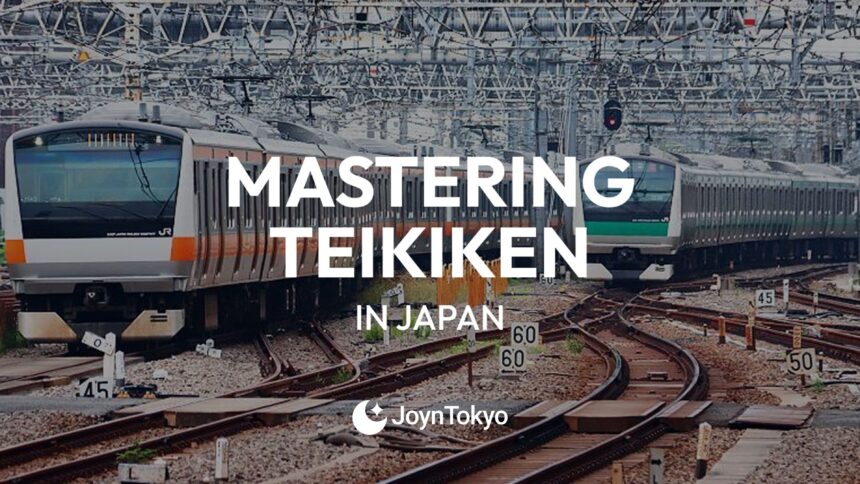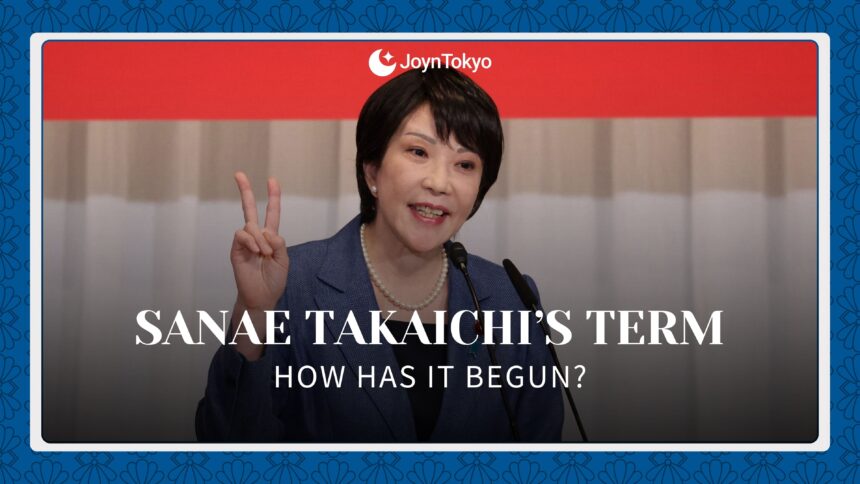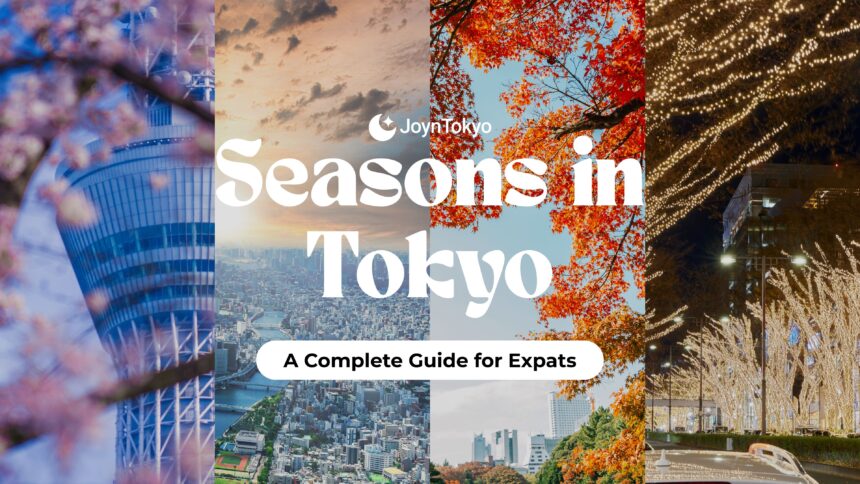1. What Is a Teikiken?
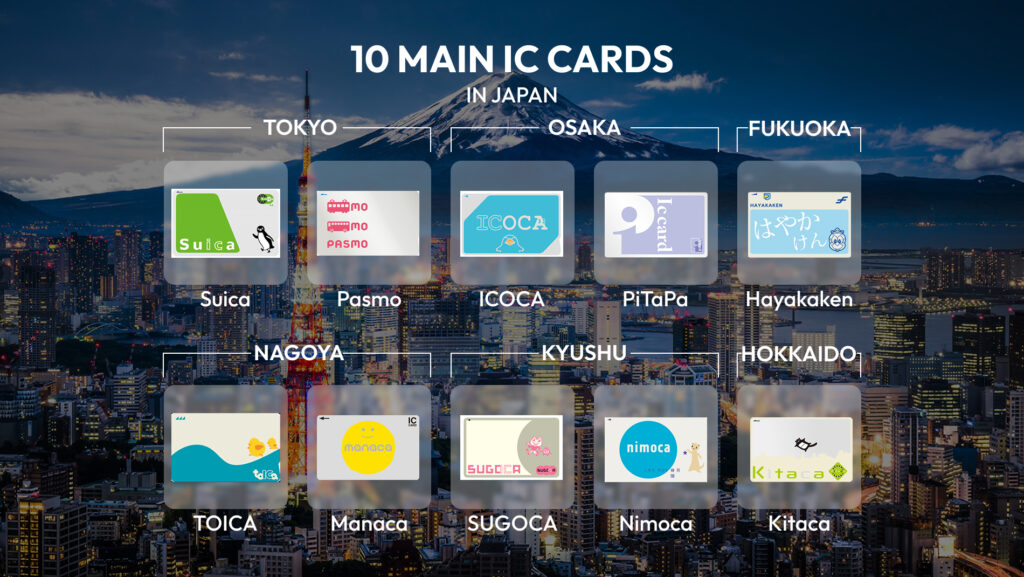
A teikiken is Japan’s commuter pass. Load it onto an IC card such as Suica or Pasmo and you can ride the train between two pre-selected stations — including every stop in between — an unlimited time for a fixed period. Standard durations are one, three or six months, and a few operators even sell annual passes.
Unlimited rides between two stations
Once activated, the pass opens ticket gates automatically. Any ride along the route costs nothing extra, so there’s no need to queue or worry about recharging your card.
Validity options you can lock in
Longer passes secure today’s fare against mid-year hikes. Three-month passes are roughly 5% cheaper than buying three, one-month passes, while six-month passes cut around 10–15%.
2. Why It Saves You Money
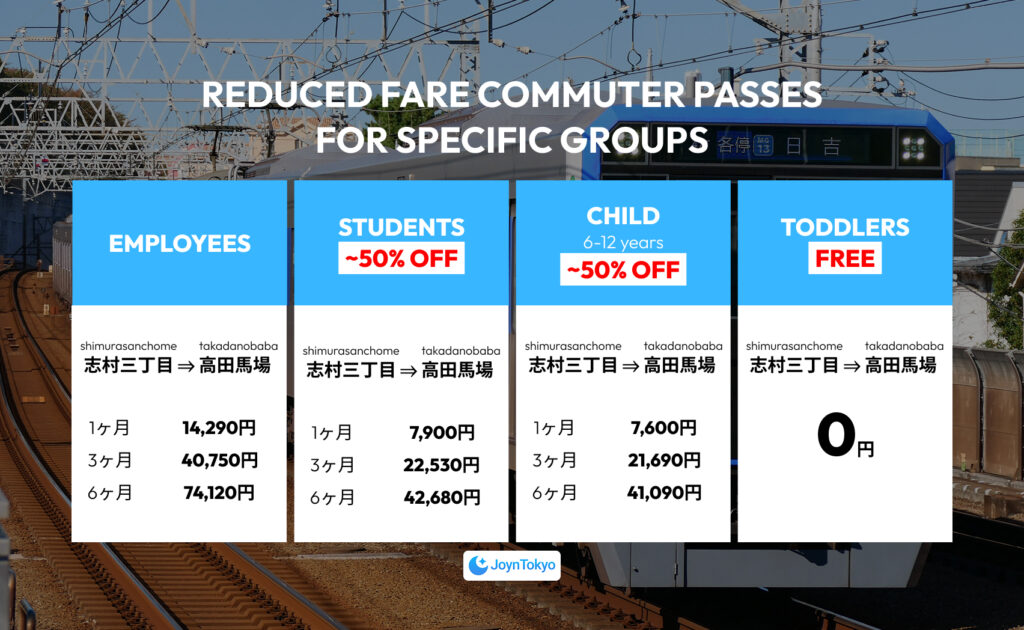
Because Japanese rail fares scale by distance, a teikiken is priced so that frequent travellers break even quickly.
Break-Even Examples
- Inner-city hop — Shinjuku to Shibuya (¥200 one way): a one-month pass of ¥6,900 means you break-even after 35 rides.
- Suburban stretch — Yokohama to Tokyo (¥570 one way): a one-month pass of ¥19,000 means you break-even after 34 rides.
Student, child and employer discounts
Full-time students can show a school certificate and identification to unlock 20–50% off, depending on the railway. Children aged 6–11 pay half the adult rate, and many companies reimburse staff passes in full., so make sure to ask HR during onboarding.
3. Who Can Apply and What You Need
A teikiken is personal: your name, route and validity are encoded on the IC card.
Adults
Bring any photo ID (passport, residence card or Japanese driver’s license). No proof of employment is necessary.
Students
You’ll need a student ID, plus an official enrollment certificate. These documents are scanned at the counter the first time you apply for a pass, and are stored digitally for app-based renewals thereafter.
Be aware that you cannot apply for student teikiken using only the ticket machine at a station the first time, and you will need to present your documentation in person at the counter.
4. Buying and Managing Your Pass
Japan now offers multiple purchase channels, all with English instructions.
Station ticket machines
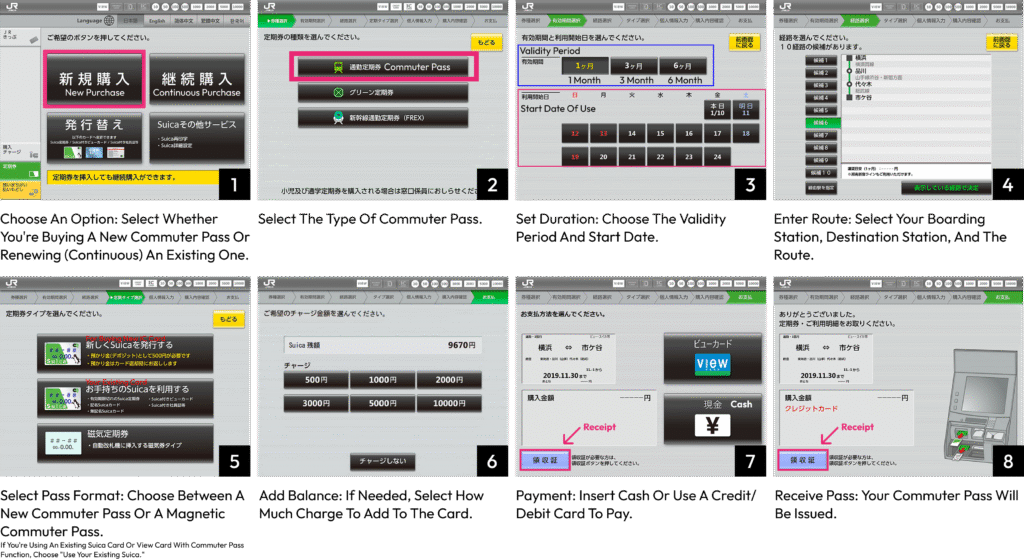
Look for pink-framed “定期券” machines on the Tokyo Metro or green JR East machines. Tap your IC card, choose “Commuter Pass”, select stations and duration, then pay by cash or credit card. The card updates instantly.
Mobile apps
Since March 2025, foreign residents can create or renew a pass entirely inside the Welcome Suica Mobile or Mobile Pasmo apps. Both the iOS and Android versions let you pick routes, pay with international cards, and receive push alerts before expiry, all with no station visit required.

How to buy Commuter Pass through Suica App
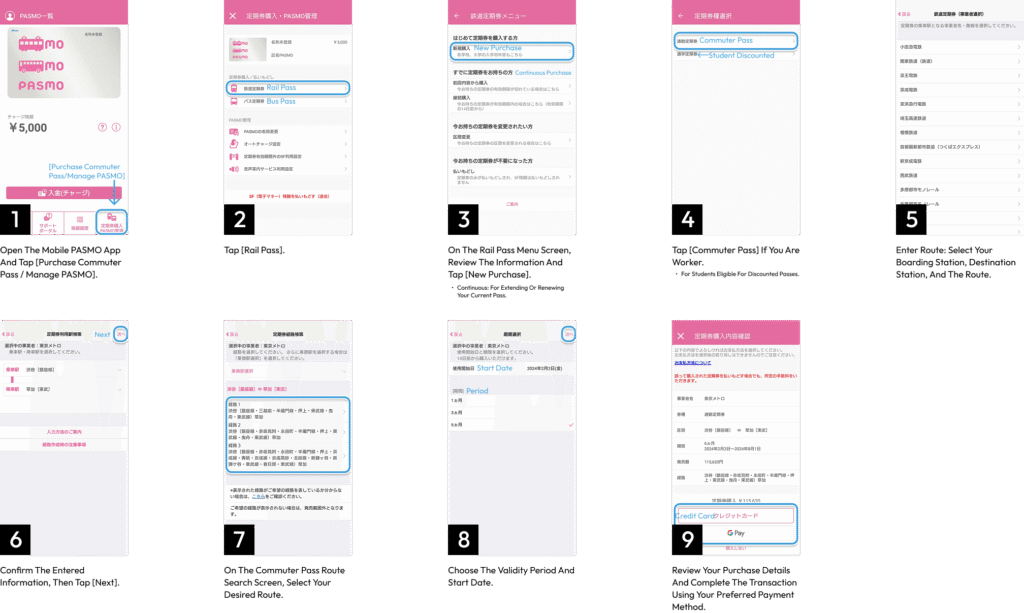
How to buy Commuter Pass through Pasmo App
Service counters for complex routes
If your journey crosses several operators, or combines rail and bus, visit a JR midori-no-mado-guchi (green window) or a private-rail pass counter. Staff can merge multiple lines into one pass and issue English receipts for expense claims.
However, not all stations have the necessary facilities for purchasing teikiken. Use the websites below to see which stations have teikiken sales offices.
Tokyo Metro: https://www.tokyometro.jp/ticket/pass/counter/index.html
JR:https://www.jorudan.co.jp/eki/teiki/tokyo_jre.html
Toei: https://www.kotsu.metro.tokyo.jp/subway/branch/
Tobu: https://www.tobu.co.jp/railway/ticket/commuter_pass/
You can also search directly by entering either the train line or train company into a search engine, and add “定期券売り場えき.”
For example, if you’re looking for a teikiken sales office on the Yamanote line, you can type “Yamanote Line 定期券売り場えき.” If you know how to write the name of the line or the company in Japanese (in this case, “山手線定期券売り場えき”), then you will get even more accurate results.
Renewals, grace gates, reissues and refunds
You can renew from 14 days before expiry (seven on some private lines). On the expiry date you may travel until the last train without extra cost, so-called “grace gates.”
Lost your card? Visit the issuing company’s counter, present ID and pay a ¥520 fee (JR East price). Your remaining balance and validity are copied to a new IC card within ten minutes. Mobile passes reissue instantly after you sign in on a new phone.
Getting a refund is also possible: the operator deducts the value of time already used (calculated as single-day fares) plus a small handling fee, currently ¥220 on JR East.
5. Teikiken vs. JR Pass and Tourist Day Tickets
A teikiken is the best option when your travel is predictable and repetitive, such as going to school or work. Nationwide or city-wide passes span larger areas, but have risen sharply in price since 2023. Even many short-stay visitors now buy a local commuter pass for city hops and pay stored fare for occasional long trips.
Using two passes at once
Your IC card can store both a teikiken and ordinary e-money. Gates first check whether the segment is covered by the pass, then deduct any balance only for uncovered portions, ideal for weekend getaways beyond your daily commute.
6. Quick Budgeting Checklist for New Residents
- Keep track: see how much you spend during your first two weeks of train spending with the IC-card app.
- Compare: if the total exceeds 20% of a one-month teikiken price, buy the pass.
- Start short: choose a one-month pass first, and switch to three or six once your routine stabilizes.
- Backup: photograph ID, receipts and the card number can all be vital for card loss or employer reimbursement.
Conclusion: Commute Smarter, Live Better
Once you know the steps — pick your stations, gather ID, tap a machine or open an app — the teikiken becomes one of Japan’s best cost-of-living hacks. Whether you are a language-school student or a Tokyo office veteran, locking in a commuter pass means more yen in your pocket, and removes one daily stress from your commute.

